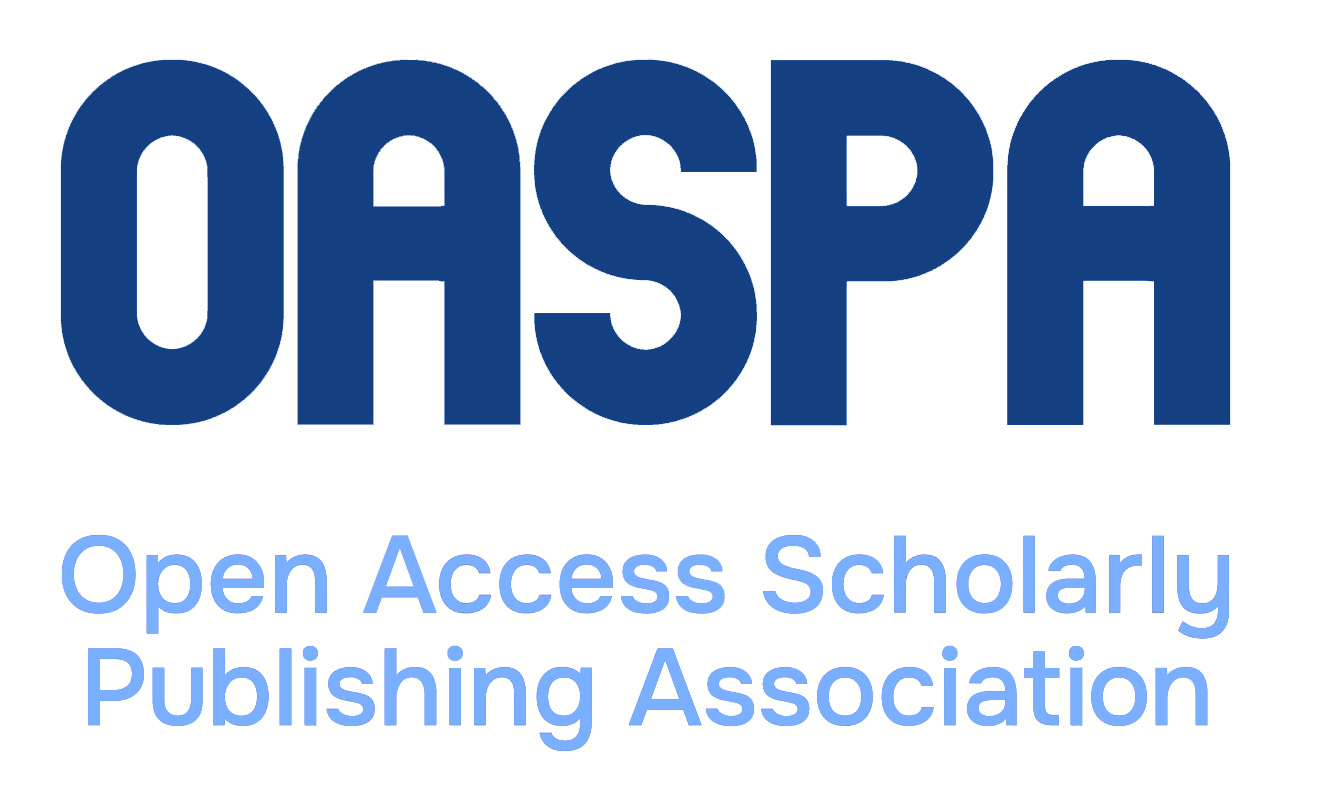UDK 620.1:621.81
DOI: 10.15507/0236-2910.028.201804.552-561
The Installation for Processing of Parts with a Complex Profile of Working Surface
Vladimir A. Skryabin
Professor, Mechanical Engineering Chair, Penza State University (40 Krasnaya St., Penza 440000, Russia), D.Sc. (Engineering), ResearcherID: R-2385-2018, ORCID: https://orcid.org/0000-0001-7156-9198, This email address is being protected from spambots. You need JavaScript enabled to view it.
Introduction. The article presents new solutions for designing the equipment for final processing parts with a complex profile of working surface. The said solutions allow a planetary rotation of the part at a small center distance of the mandrel with the workpiece and the spindle of the installation. This solution improves the quality of the working surfaces and reduces energy costs.
Materials and Methods. The disadvantage of modern devices for final processing of complex parts is the increased energy consumption and the large axial distance between the part and spindle. These factors reduce the quality of processing and the part range in terms of weight and dimension characteristics. The application of new solutions to change the design of the installation is relevant. When designing a new installation, the center distance between the part and the spindle was reduced. This contributed to the reduction of vibrations, improving the quality of surface treatment and increasing the product range.
Results. The calculations to reduce the resistance of the abrasive medium affecting on the surface of the diesel engine turbo-compressor wheel blades confirmed the expediency of the solution. The calculations of the part for deflection by using Solid Works 2016 software were carried out. The calculations demonstrated the reliability of the installation when processing parts of medium and large sizes as compared to the basic installation option previously made by Penza State University for Penzadieselmash Company.
Conclusions. The calculations made it possible to find that the reduction of the center distance reduces the deflection of parts and vibration in the process of finishing and allows stabilizing the quality and performance of processing the surfaces of a complex profile with less energy coast. A new design of the installation was developed and manufactured. It contributes to planetary rotation of the part at a small axial distance of the mandrel with the part and the spindle of the device.
Keywords: theoretical study, result of study, complex surface, part surface, loose abrasive particles, performance, quality indicator, equipment design, design calculation automation
For citation: Skryabin V. А. The Installation for Processing of Parts with a Complex Profile of Working Surface. Vestnik Mordovskogo universiteta = Mordovia University Bulletin. 2018; 28(4):552–561. DOI: https://doi.org/10.15507/0236-2910.028.201804.552-561
The author has read and approved the final version of the paper.
Received 20.09.2017; revised 02.04.2018; published online 28.12.2018
REFERENCES
1. Martynov A. N. [Fundamentals of the Method of Treating Details with a Free Abrasive Compacted by Inertial Forces: A Monograph]. Saratov: Saratov University Publ., 1981. 212 p. (In Russ.)
2. Zverovschikov V. Z. [Dynamics of Centrifugal Processing of Parts of Discrete Grinding Material: A Monograph]. Penza: Penza State University Publ., 2005. 200 p. (In Russ.)
3. Zverovschikov V. Z., Zverovschikov A. E. [Dynamic characteristics of the compacted mass of the working load at a high volume centrifugal processing of parts]. Izvestiya vysshikh uchebnykh zavedeniy. Povolzhskiy region. Tekhnicheskiye nauki = Higher Education Institutions Bulletin. Volga Region. Technical Sciences. 2007; 1:140–150. (In Russ.)
4. Zverovschikov A. E. Expansion of technological capabilities of three-dimensional centrifugal planetary processing. Naukoemkie tekhnologii v mashinostroenii = Science Intensive Technologies in Mechanical Engineering. 2013; 7:17–23. (In Russ.)
5. Zverovschikov A. E. Multifunctional Centrifugal Planetary Processing: A Monograph. Moscow: Infra-M; 2016. 176 p. (In Russ.)
6. Certificate of Authorship No. 1579740 of the USSR, MKI В24В 31/08. Method of abrasive treatment of details / Martynov A. N., Skryabin V. А., Fedoseev V. М. Publ. 23.07.90. Bulletin No. 27. (In Russ.)
7. Skryabin V. А. The features of the treatment of figurine details by close-settled fine abrasive media. Vestnik Mordovskogo universiteta = Mordovia University Bulletin. 2015; 25(4):72–89. (In Russ.)
8. Certificate of Authorship 1805012 of the USSR, MKI 5 B24 31/06. Chamber method of processing free abrasive / Martynov A. N., Zverovschikov V. Z., Zverovschikov E. Z. (USSR). Publ. 30.03.93. Bulletin No. 12. (In Russ.)
9. Skryabin V. А., Pshenichnyy О. F. [The design of the microcutting process in treating details by a close-settled layer of unsupported abrasive]. In: Engineering: Proceedings. Minsk: Vysheyshaya Shkola Publ.; 1988; 13:33–37. (In Russ.)
10. Skryabin V. А. [Bases of Process of Submicrometre at Treatment of Details an Unsupported Abrasive: A Monograph]. Penza: PVAIU Publ.; 1992. 120 p. (In Russ.)
11. Skryabin V. А. [Productivity of the treatment of details by statically close-settled layer of abrasive flour grain]. Izvestiya vuzov: Mashinostroeniye = Higher Education Institutions Bulletin: Engineering. 1994; 4-6:128–130. (In Russ.)
12. Skryabin V. А., Skhirtladze A. G. Technological Providing of Quality of Treatment of Figurine Details Close-Settled Fine Environment: A monograph. Staryy Oskol: Thin Knowledge-Based Technologies Publ.; 2015. 240 p. (In Russ.)
13. Skryabin V. A., Skhirtladze A. G., Rybakov Yu. V. A new method of finishing parts with free fine media. Tekhnologiya metallov = Metal Technology. 2003; 2:16–17. (In Russ.)
14. Skryabin V. A., Svechnikova G. I. The experimental studies of the finish abrasive treatment of parts with different profiles. Mashinostroitel = Mechanician. 2011;
4:18–22. (In Russ.)
15. Patent 1803308 (Russian Federation), MKI: В24В 31/104. Method of processing of details / Skryabin V. А. Publ. 23.03.93. Bulletin № 11. (In Russ.)

This work is licensed under a Creative Commons Attribution 4.0 License.

















